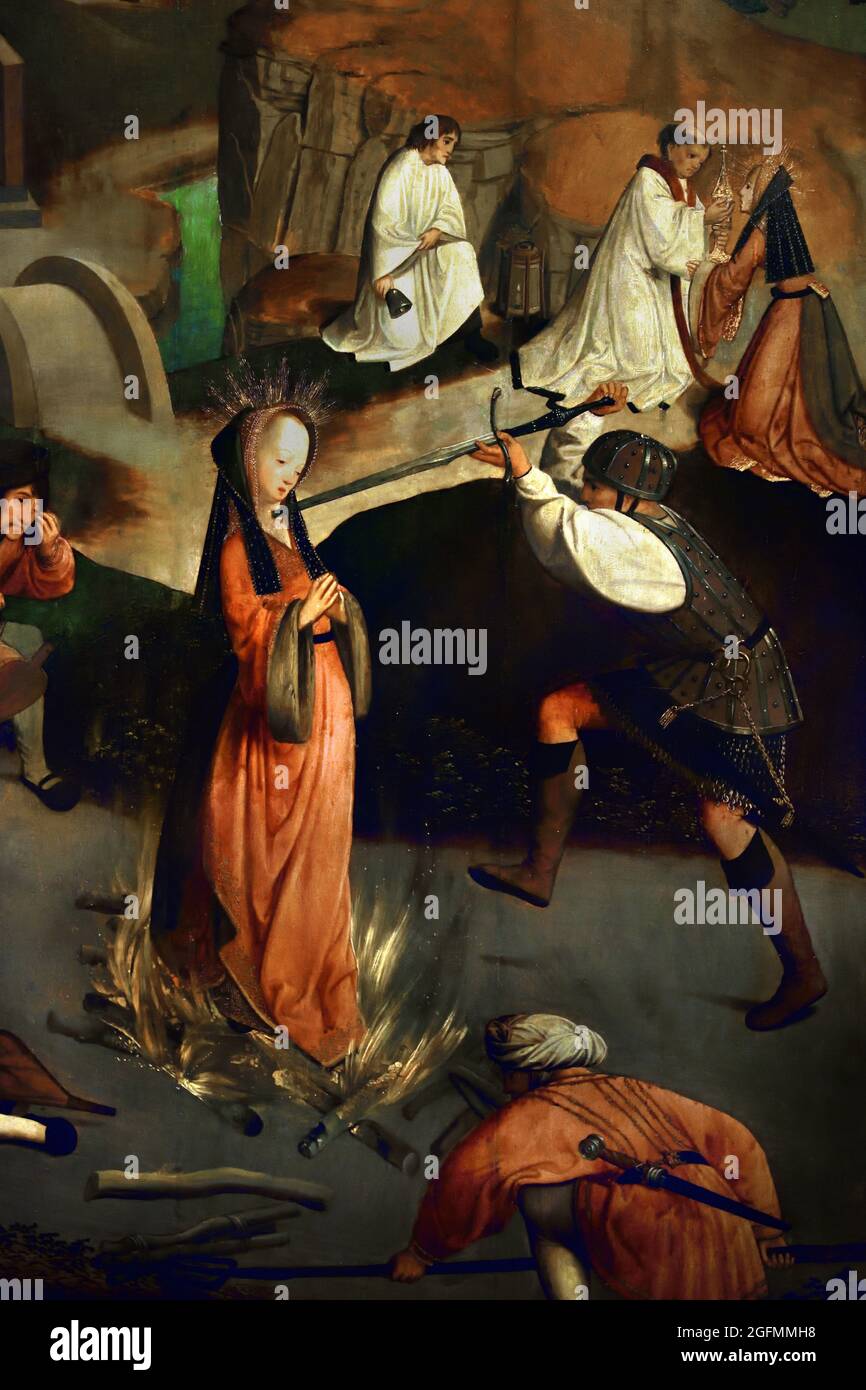

The Symmachi leaf is from a diptych, though not a consular one. 139-1866, © Victoria and Albert Museum, London The Symmachi-Nicomachi diptychĬonsular diptych of Rufus Gennadius Probus Orestes, 530 AD, carved ivory. The consular diptychs are especially useful for giving us a guide to the stylistic evolution of Early Christian art as they are all precisely dated to the beginning of the year of the subject's consulship and we know where each was made – either in Rome or Constantinople. Such a diptych was the one of the consul Orestes, which was issued in Rome in the year 530. Consular diptychs were carved with images of the consul, sometimes shown presiding over the games, usually flanked by personifications of Rome and Constantinople. Words of greeting and invitation were inscribed into this surface.

A shallow recess was cut into the back (the inside) of each panel, and into this was poured wax. The two leaves of a diptych were hinged together with the images facing outwards. They were commissioned each year by the new consuls (the two chief magistrates) on their accession to office, and sent out to the Emperor and to colleagues and friends in high places, as bearers of the good news, and as invitations to the festivities and games which the consuls staged to celebrate their appointments. These are pairs of tablets, usually about a foot high. A considerable group is formed by the consular diptychs. Volbach, in his catalogue of Early Christian ivories, lists 200 of them, and of these about 150 are large, elaborately worked pieces. In contrast, there exists a magnificent array of carved ivories from Late Antiquity, from the period about 400–600 AD. Apart from some fragments of a statue of Athena in the Vatican, only a number of small, usually rather roughly-hewn, reliefs have come down to us. But almost nothing of these grand antique pieces has survived. We hear of portrait busts and of images of conquered cities cut from ivory carried in the triumphal processions of glorious commanders. Pheidias (one of the greatest Greek sculptors) and his contemporaries in the 5th century BC fashioned great cult statues out of ivory and gold, and Roman artists under the Empire revived the tradition. They adorned all kinds of objects – doors, caskets, beds, chairs – with plaques of this material carved in relief. Ivory was used extensively by the ancient Greeks and Romans. Alternatively the subject matter suggests the diptych may have celebrated an occasion on which women from these distinguished families assumed the priesthoods of the four cults of Ceres, Cybele, Bacchus, and Jupiter. These refer to the Symmachi and Nicomachi, two aristocratic Roman families prominent at the end of the 4th century, and the diptych represents some kind of alliance between them, probably a marriage, such as occurred between 393 to 394 and in 401. Both have inscriptions enabling them to be dated fairly accurately. The carved ivory Symmachi leaf is one half of a diptych (two-fold image), the companion piece from which is now in the Cluny Museum in Paris. Museum no.212-1865, © Victoria and Albert Museum, London The Symmachi Panel, unknown maker, Rome, Italy, about 400 AD, carved elephant ivory.


 0 kommentar(er)
0 kommentar(er)
